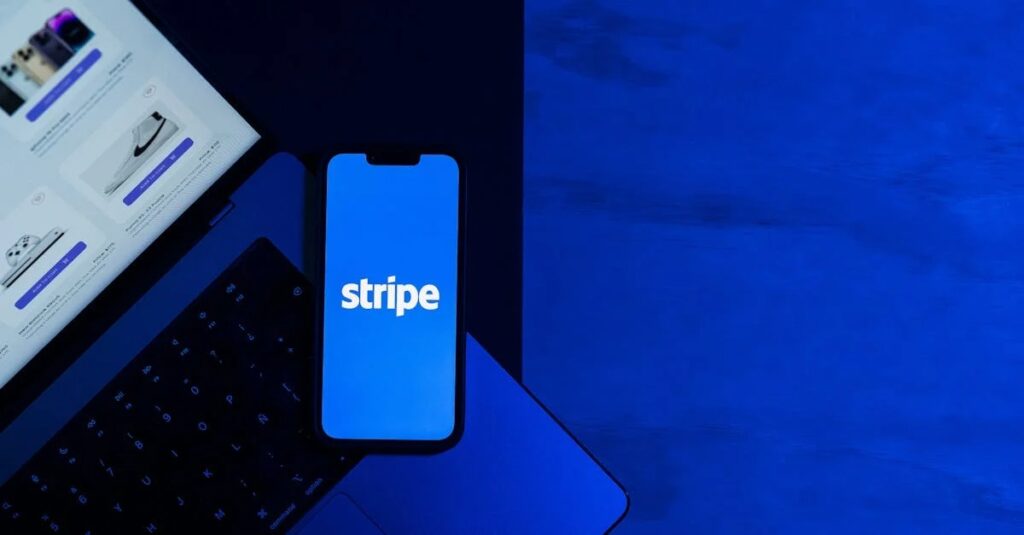The 90s marked a transformative era in digital history, where web design began to take shape in ways that would influence the internet for decades. Bright colors, animated GIFs, and quirky fonts dominated the landscape, creating a distinct visual identity that many still remember fondly. This decade was a playground for creativity, as designers experimented with layouts and graphics, often prioritizing flair over functionality.
As the internet evolved, so did the principles of web design. The early days were characterized by a sense of freedom and exploration, leading to both memorable successes and notable failures. Understanding the trends and techniques of 90s web design offers valuable insights into the foundations of modern online aesthetics, revealing how far we’ve come while still appreciating the charm of those early websites.
90s Web Design
90s web design reflects a distinctive era characterized by bold aesthetic choices and rapidly evolving technology. Designers embraced a vibrant color palette, often using bright backgrounds combined with contrasting text to grab user attention. Animated GIFs became prominent, adding motion that engaged visitors and made sites feel dynamic.
Websites featured unique font styles, often deploying numerous typefaces within a single page, which contributed to a cluttered yet exciting look. Tables served as fundamental building blocks for layout, allowing designers to organize content in visually appealing ways. Many pages included scrolling marquees, which scrolled text or images across the screen, enhancing interactivity.
Technical limitations influenced design choices, as slow loading times and low bandwidth dictated simpler graphics at times. Nonetheless, creativity flourished, leading to innovative design techniques. The usage of frames allowed multi-part layouts, enabling navigation without reloading pages.
User experience often lagged behind aesthetics, as functionality received less emphasis. Common issues included excessive animations, confusing navigation, and inconsistent page layouts, which sometimes led to frustration among users. Despite these drawbacks, the charm and creativity of 90s web design laid foundational principles that continue to inspire modern web aesthetics.
Key Features of 90s Web Design
The 1990s saw distinctive elements that shaped the web design landscape. These features contributed to a unique user experience that defined the era.
Bright Colors and Patterns
Vibrant color palettes dominated 90s web design, often utilizing bright backgrounds paired with contrasting text. Designers employed neon colors and clashing patterns to attract attention. Background images frequently featured repeating motifs, enhancing visual dynamism. The exuberance of color reflected the artistic freedom of the time, allowing for experimentation and bold expressions of creativity.
Use of Tables for Layout
Tables were essential tools for organizing content in 90s web design. Designers used tables not only to display data but also to create structured layouts, segmenting information into easily digestible sections. This practice facilitated a grid-like appearance, enabling designers to maintain alignment and organization. However, reliance on tables occasionally led to complicated code, impacting website performance and maintenance.
Animated GIFs and Multimedia
Animated GIFs became iconic elements of 90s web design, introducing movement to otherwise static pages. These animations, ranging from simple loading icons to elaborate scenes, added interactivity and engagement. Multimedia components, including sound bites, also emerged, enriching user experience. However, excessive animations sometimes detracted from usability, leading to slow loading times and distracting interfaces.
Popular Technologies and Tools
The technologies and tools of the 1990s laid the groundwork for the evolution of web design. These innovations played a crucial role in shaping the online experiences of the time.
HTML and Early CSS
HTML, or Hypertext Markup Language, served as the backbone of web structure in the 90s. It provided the basic framework for web pages, allowing designers to create content, headings, and links. Early CSS (Cascading Style Sheets) emerged in the latter half of the decade, offering a way to style HTML elements. Designers used CSS primarily for font styles and colors. While CSS didn’t achieve its full potential until later, it introduced separation of content and design, setting the stage for contemporary web design practices.
Flash and Java Applets
Flash and Java applets brought animation and interactivity to the web. Flash allowed designers to create rich multimedia experiences, integrating audio and animation into web pages, which attracted user engagement. Websites utilized Flash for presentations and games, contributing to the vibrant visual aesthetic of the era. Java applets offered similar interactive capabilities, enabling developers to run small applications within web browsers. While these technologies enhanced user experiences, reliance on them also led to challenges in compatibility and accessibility, influencing future standards in web design.
Iconic Websites from the 90s
The 1990s showcased a range of iconic websites that defined early internet culture and design. These platforms played significant roles in shaping user experiences, marking key milestones in web development.
GeoCities and Angelfire
GeoCities and Angelfire emerged as popular web hosting services, allowing users to create personal websites with ease. Geocities offered themed neighborhoods, enabling users to join communities based on shared interests. Angelfire provided templates that simplified web design for novice users. Both platforms featured bright colors, animated GIFs, and a plethora of text styles, representing the chaotic charm of 90s web aesthetics. Users showcased everything from personal diaries to fan pages, highlighting the era’s emphasis on self-expression and creativity.
Amazon and eBay
Amazon and eBay revolutionized online shopping during the 90s, laying the groundwork for e-commerce. Amazon launched in 1994, initially focusing on books before expanding its product range. Its straightforward navigation and user-friendly design prioritized customer experience. eBay, established in 1995, introduced an auction-style marketplace, enabling users to buy and sell items directly. Both sites incorporated early forms of user reviews and ratings, fostering trust and community. The clean layouts contrasted the chaotic designs of personal sites, reflecting a shift towards professionalism in web design while still retaining elements of 90s creativity.
The Evolution of User Experience
The evolution of user experience in web design reflects the transition from vibrant chaos to structured functionality. Designers adapted their approaches to enhance both usability and aesthetics over time.
Navigation and Usability
Navigation emerged as a crucial component of web design in the 90s. Designers recognized the need for intuitive site structures, leading to the inclusion of clear menus and hyperlinks. Web pages began featuring consistent layouts that guided users seamlessly through content. Usability principles developed during this period highlighted the importance of minimizing loading times and simplifying navigation. As a result, designers adopted text-based links and clear labels that improved user comprehension. The realization that effective navigation could enhance user satisfaction significantly influenced subsequent design practices.
Web Design Trends into the 2000s
The transition into the 2000s showcased a refined approach to web design. Lessons learned from 90s experimentation led to a focus on user-centered design principles. Aesthetic trends shifted towards minimalist designs, emphasizing clean interfaces and straightforward navigation. The emergence of CSS introduced more sophisticated styling options, allowing designers to separate content and presentation effectively. Additionally, the rise of responsive design in the 2000s reflected the growing need for websites to display effectively across various devices. This focus on adaptability marked a pivotal shift, progressing from the cluttered, animated aesthetics of the 90s to a more streamlined user experience.



